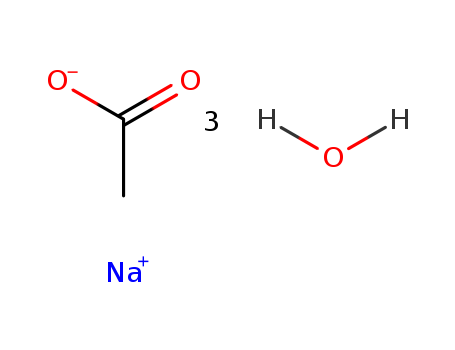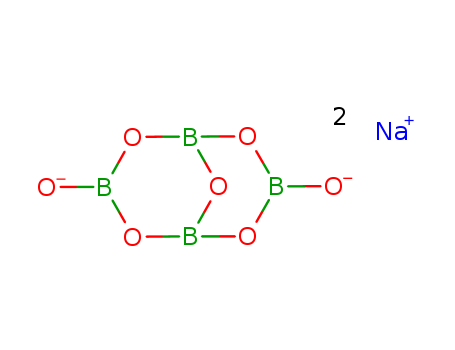
1330-43-4
- Product Name:Sodium tetraborate
- Molecular Formula:Na2B4O7
- Purity:99%
- Molecular Weight:201.219
Product Details;
CasNo: 1330-43-4
Molecular Formula: Na2B4O7
Appearance: white solid
Buy High Quality Sodium tetraborate 1330-43-4,Wholesale 1330-43-4 In Stock
- Molecular Formula:B4O7*2Na
- Molecular Weight:201.219
- Appearance/Colour:white solid
- Vapor Pressure:7.3 hPa (1200 °C)
- Melting Point:741 °C(lit.)
- Refractive Index:1.501
- Boiling Point:1575°C
- Flash Point:1575°C
- PSA:92.27000
- Density:2.367 g/cm3
- LogP:-2.10280
- IDLH: N.D.See: IDLH INDEX
Sodium tetraborate(Cas 1330-43-4) Usage
|
Chemical Properties |
Sodium borate, Na2B407.10H20, also known as sodium tetraborate and sodium pyrobomte, is a white crystalline powder that melts at 120°C (248 °F). Sodium borate in its natural impure form is also known as borax, Borax is a noncombustible (an inherent fire retardant), bluish-gray or green, odorless crystalline powder or granules. Sodium borate is used in glass and ceramic enamel mixes,detergents, fertilizers, pharmaceuticals, and photograph. |
|
Uses |
Refined borax (Na2B4O7) is an additive in laundry products such as soaps and water-softening compounds. Also used for cosmetics, body powders, and the manufacture of paper and leather. Borax is an environmentally safe natural herbicide and insecticide. |
|
Production Methods |
Anhydrous borax is produced from borax through high temperature fusion. On cooling, the clear, glass-like material is ground into fine white granules. Because of its higher bulk density, it is preferred where storage space is limited. It is used principally in the manufacture of glass, ceramics, and enamel. |
|
General Description |
Pale yellow solid or thick liquid with a faint odor of detergent. Mixes with water. Soap bubbles may be produced. |
|
Air & Water Reactions |
Water soluble. |
|
Reactivity Profile |
SODIUM PEROXOBORATE is incompatible with the following: Zirconium, strong acids, metallic salts . The true peroxoborate has been reported to detonate on light friction. The common "tetrahydrate" is not a peroxoborate, Sodium tetraborate is relatively stable under mild grinding with other substances. |
|
Health Hazard |
No adverse effects from inhaling borax have been reported. Ingestion may cause acute or chronic effects; initial symptoms are nausea, vomiting, and diarrhea; these may be followed by weakness, depression, headaches, skin rashes, drying skin, cracked lips, and loss of hair; shock may follow ingestion of large doses and may interfere with breathing. Eye contact with powder or solutions may cause irritation; no chronic effects have been recognized, but continued contact should be avoided. Local skin irritation may result from contact with powder or strong solutions; the latter may cause chronic dermatitis on prolonged contact, and if skin is broken, enough boron may be absorbed to cause boron poisoning (symptoms are similar to those for ingestion). |
|
Agricultural Uses |
Sodium tetraborate, also called borax, sodium borate, sodium pyroborate and sodium tetraborate decahydrate (Na2B4O7.10H2O) is a type of borate, and is used as a fertilizer to reduce boron deficiency. It is a white salt, finely ground for fertilizer application.Sodium tetraborate(Na2B4O7) and sodium metaborate (Na2B2O4) are non-selective, taken up by roots, and have an unknown mechanism of action. Boron accumulates in reproductive structures after translocation from roots. Boron compounds are used for long-term, nonselective weed control in industrial and power line areas in combination with triazine and urea herbicides. |
|
Safety Profile |
A nuisance dust. Experimental reproductive effects. When heated to decomposition it emits toxic vapors of B. |
|
Potential Exposure |
Borax is used as a soldering flux, preservative against wood fungus; and as an antiseptic. Used in ant poisons, for fly control around refuse and manure piles, as a larvicide. It is used in the manufacture of enamels and glazes, fiberglass insulation; sodium perborate bleach; in tanning, cleaning compounds; for fireproofing fabrics and wood; and in artificial aging of wood. |
|
Purification Methods |
Most of the water of hydration is removed from the decahydrate (see below) by evacuation at 25o for three days, followed by heating to 100o and evacuation with a high-speed diffusion pump. The dried sample is then heated gradually to fusion (above 966o), allowed to cool gradually to 200o, then tranferred to a desiccator containing P2O5 [Grenier & Westrum J Am Chem Soc 78 6226 1956]. [Becher in Handbook of Preparative Inorganic Chemistry (Ed. Brauer) Academic Press Vol I pp 794-795 1963.] |
|
Incompatibilities |
Dissolves in water forming a basic solution. Boron dust may form explosive mixture with air. Contact with strong oxidizers may be violent. Boron is incompatible with ammonia, bromine tetrafluoride, cesium carbide, chlorine, fluorine, interhalogens, iodic acid, lead dioxide, nitric acid, nitric oxide, nitrosyl fluoride, nitrous oxide, potassium nitrite, rubidium carbide, silver fluoride. |
|
Waste Disposal |
Borax, dehydrated: The material is diluted to the recommended provisional limit (0.10 mg/L) in water. The pH is adjusted to between 6.5 and 9.1 and then the material can be discharged into sewers or natural streams. |
|
Who Evaluation |
Evaluation year: 1961 |
|
EXPOSURE ROUTES |
inhalation, ingestion, skin and/or eye contact |
|
FIRST AID |
(See procedures) Eye:Irrigate immediately Skin:Soap wash Breathing:Respiratory support Swallow:Medical attention immediately |
InChI:InChI=1/B4O7.2Na/c5-1-7-3-9-2(6)10-4(8-1)11-3;;/q-2;2*+1
1330-43-4 Relevant articles
Labeling of Microthrix parvicella in situ: A novel FRET probe based on bisoctyl rhodamine B
Gu, Yingchun,Lin, Dayong,Fei, Xuening,Chen, Yongqiang,Wang, Cuihong,Yang, Qi,Tang, Yalin
, p. 263 - 271 (2019/01/30)
Filamentous bacteria, particularly Micro...
Nanosized Vanadium Diboride: Synthesis, Structure, and Properties
Kravchenko,Burlakova,Domashnev,Vinokurov,Shilkin
, p. 641 - 646 (2019/06/05)
X-ray diffraction, scanning electron mic...
CRYSTALLINE FORMS OF IBANDRONATE SODIUM
-
Page/Page column 21-22, (2008/12/05)
Provided are crystalline forms of ibandr...
1330-43-4 Process route

-
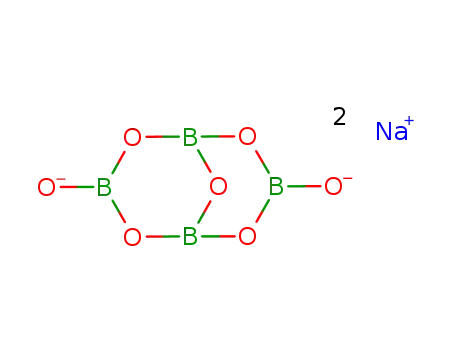
- 1330-43-4,1303-96-4
borax
| Conditions | Yield |
|---|---|
|
In toluene; for 3 - 4h; Purification / work up; Heating / reflux;
|
-

- 14683-12-6
tellurium

-
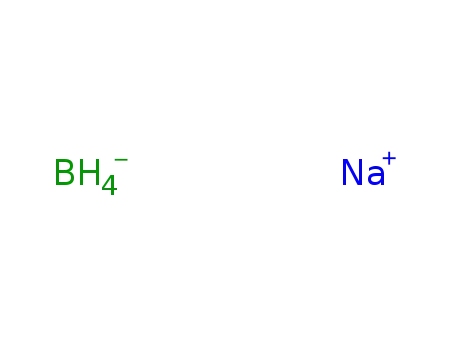
- 16940-66-2
sodium tetrahydroborate

-
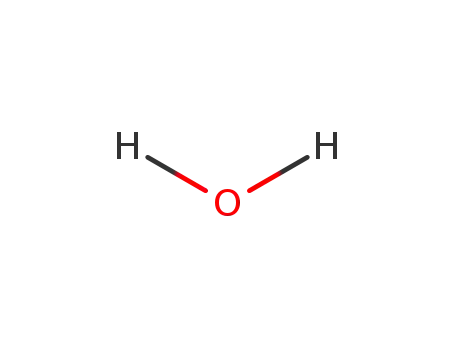
- 7732-18-5
water

-

- 1330-43-4,1303-96-4
borax

-

-
sodiumhydrogen telluride
| Conditions | Yield |
|---|---|
|
at 40 - 50 ℃; for 0.5h; Inert atmosphere;
|
1330-43-4 Upstream products
-
14683-12-6

tellurium
-
16940-66-2

sodium tetrahydroborate
-
7732-18-5

water
1330-43-4 Downstream products
-
138926-19-9
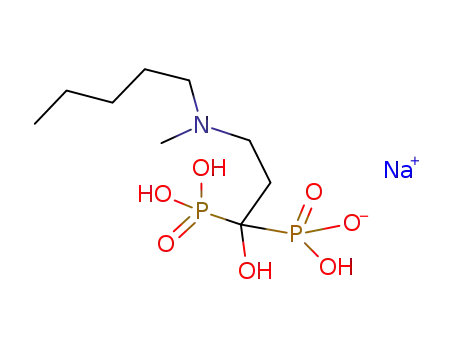
ibandronate monosodium
-
7775-19-1
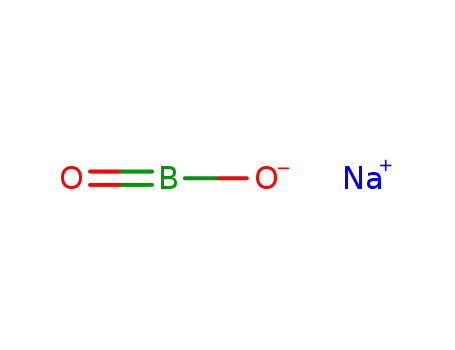
sodium metaborate
-
12045-64-6

zirconium diboride
Relevant Products
-
Sodium bromide
CAS:7647-15-6
-
Maltodextrin
CAS:9050-36-6
-
Sodium acetate trihydrate
CAS:6131-90-4


